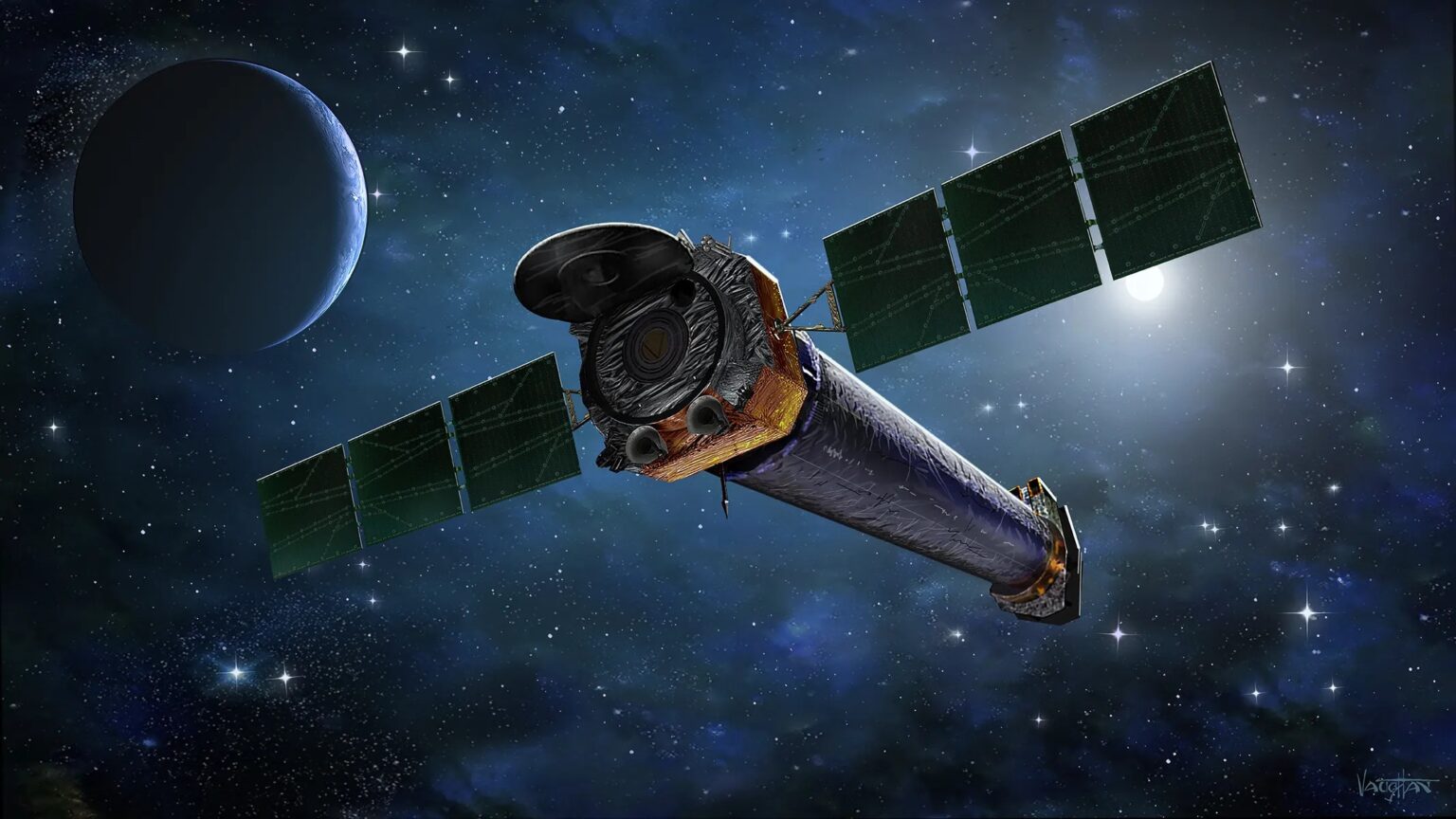Scientists want to find out how much radiation the exoplanets orbiting stars close to us are exposed to high-energy particles. It could make life on their surface impossible. And that’s exactly what the Chandra space telescope is going to find out.

Using telescopes to search for life
The search for life beyond Earth continues. Astronomers using NASA’s Chandra orbiting X-ray observatory and the European Space Agency’s XMM-Newton telescope are conducting new research on the possibility of life on planets close to Earth.
Researchers use Chandra to study the radiation from neighboring stars to determine if an exoplanet orbiting those stars could be habitable. X-ray and ultraviolet radiation at high enough levels can damage an exoplanet’s atmosphere, making it less possible for supporting life.
What Chandra will analyze
“Without characterizing X-rays from its host star, we would be missing a key element on whether a planet is truly habitable or not,” astronomer Breanna Binder of California Polytechnic State University, who led this exoplanet study, said in the paper. “We need to look at what kind of X-ray doses these planets are receiving.”
The team has now studied 57 nearby stars, analyzing the brightness and energy of their X-ray emission, as well as how quickly their X-ray output changes due to starbursts. “We have identified stars where the habitable zone’s X-ray radiation environment is similar to or even milder than the one in which Earth evolved,” said researcher Sarah Peacock of the University of Maryland, Baltimore County, in a statement. “Such conditions may play a key role in sustaining a rich atmosphere like the one found on Earth.”
More candidates for the search for life
While only a few of the 57 stars studied have known habitable exoplanets, there should probably be many more, we just haven’t found them yet. In comparison, more than 5,500 exoplanets have been discovered in total, but there are nearly 10,000 more candidates that are still being evaluated. After all, there could be billions of worlds in the Milky Way galaxy.
X-ray data from the telescopes help refine and prioritize the target list and may make it possible to get the first image of an Earth-like planet faster.
According to www.space.com


